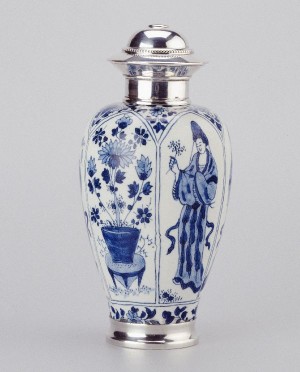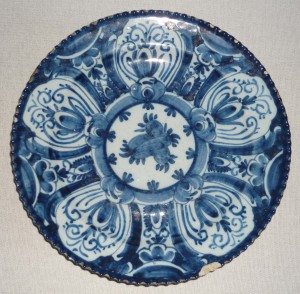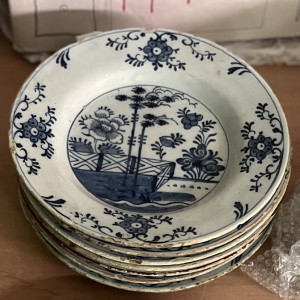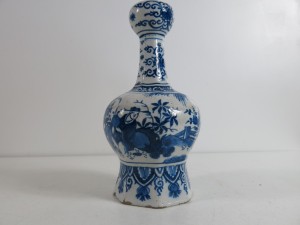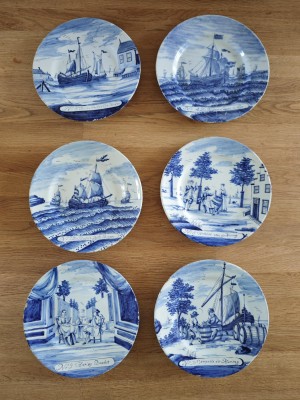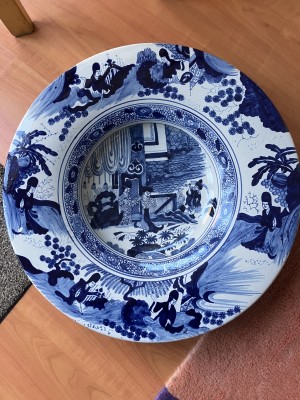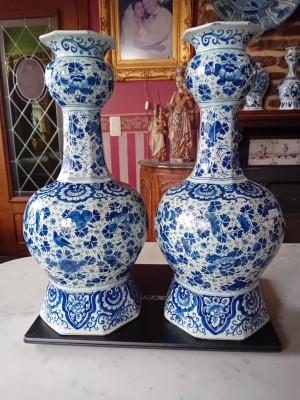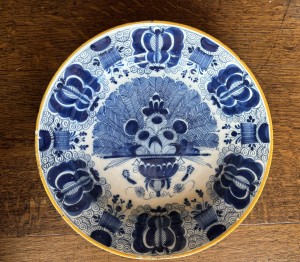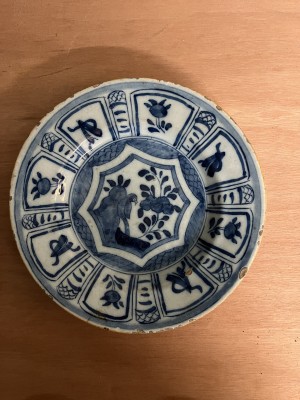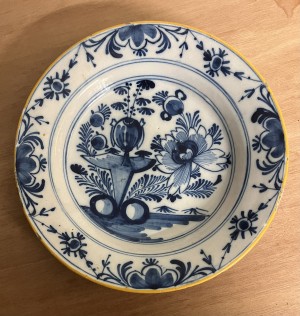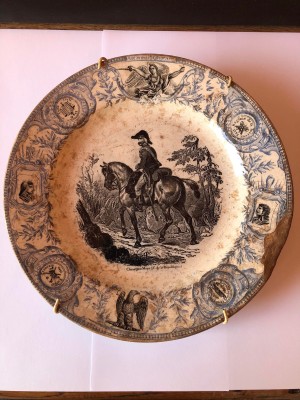Suzanne Lambooy
Suzanne Lambooy is conservator toegepaste kunst in het Gemeentemuseum Den Haag. Zij is sinds 2009 werkzaam bij het museum en was betrokken bij de tentoonstelling Delftsaardewerk.nl (2009) en het onderzoeksproject Delfts Wit. Het is niet alles blauw dat in Delft blinkt (2013).
Voorheen was zij als conservator keramiek en glas in Paleis Het Loo verantwoordelijk voor de jaarlijkse exposi ties over tafelcultuur en het project ‘Delfts blauw in de paleistuinen’. Daarnaast is ze verbonden geweest aan Aronson Antiquairs, Sotheby’s Amsterdam en Christie’s Amsterdam.
Suzanne is vervangend panellid bij Tussen Kunst & Kitsch, maakt deel uit van de keuringscommissie Europese keramiek van kunstbeurs PAN Amsterdam en is gastdocent aan de Design Academy Eindhoven.

